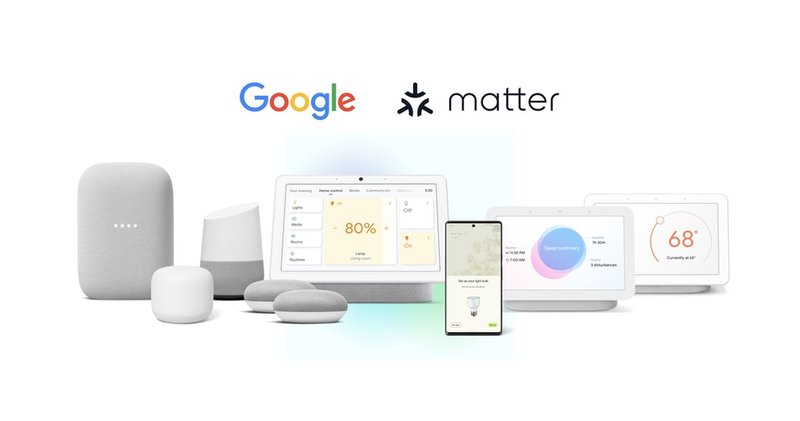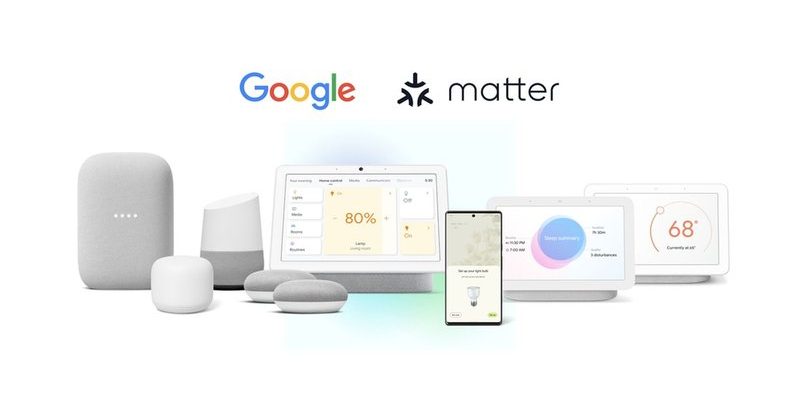
Imagine buying a shiny new Nest thermostat or a sleek Nest Cam, setting it up to keep your home cozy or secure, and then—bam!—something just stops working as expected. You want to know, without digging through a mountain of paperwork, how long you’re covered if things go sideways. That’s where the warranty steps in, like a safety net for your smart home investment.
Honestly, warranties can feel like hidden treasure maps—confusing, full of fine print, and leaving you guessing. So let me explain how the standard warranty for Nest smart home devices works, what it typically covers, and what you can expect if your device needs a reset, repair, or replacement.
What Is A Warranty, And Why Does It Matter For Nest Devices?
At its core, a warranty is a promise from Nest (or Google, since they own Nest) that your smart device will work as advertised for a certain period. If it doesn’t, they’ll step in to fix or replace it without extra cost. Think of it as an insurance policy for your gadget, but one that kicks in automatically for manufacturing defects or unexpected failures.
Now, here’s the thing: Nest devices are tech-heavy and often control important home functions like temperature and security. If something breaks early, it’s more than annoying—it can mess with your daily routine or even safety. So the warranty isn’t just a dull legal formality; it’s peace of mind.
You might be wondering why the warranty length matters so much. Well, a longer warranty means you can use your device without constantly worrying about hidden defects or breakdowns. It also hints at the company’s confidence in their product quality. So investing in a Nest device with a fair warranty means you’re backed if your smart home tech hits a snag.
Standard Warranty Length For Nest Smart Home Devices
Let’s get straight to the heart of it: most Nest smart devices come with a standard limited warranty of one year from the date of purchase. This applies to popular devices like the Nest Thermostat, Nest Cam, Nest Protect smoke and carbon monoxide detector, and Nest Hello video doorbell.
This one-year warranty covers defects in materials and workmanship. So if your thermostat’s screen stops responding or your Nest Cam’s video feed randomly cuts out due to a hardware issue, you’re protected—just as long as it’s within that first year. After that, unfortunately, the warranty usually expires.
Here’s a quick overview in table form:
| Device | Standard Warranty Length |
|---|---|
| Nest Thermostat (all models) | 1 year |
| Nest Cam (Indoor and Outdoor) | 1 year |
| Nest Protect | 1 year |
| Nest Hello Doorbell | 1 year |
Now, you might be thinking, “Is that it? Just one year?” While one year is pretty standard in the consumer electronics world, there are a couple of extra details worth knowing before you breathe a sigh of relief or panic.
What Does The Nest Warranty Actually Cover?
Here’s the thing: the warranty isn’t a blanket fix for every hiccup. It mainly covers manufacturing defects and hardware malfunctions that happen through normal use. So if the device suddenly stops syncing or the sensor fails due to a factory defect within the warranty period, Nest should step in.
But what about other common issues, like battery drain, connectivity problems, or needing to reset and pair the device again? Those can be trickier. Problems that come from user errors, accidental damage, or external causes (like a power surge or water damage) usually aren’t covered.
So if your Nest Thermostat’s battery is draining unusually fast, it might not be a warranty claim—you might have to troubleshoot or replace batteries yourself (depending on the model). But if the device completely stops working without a clear cause, the warranty could mean a free replacement.
Software Issues And Firmware Updates
Software glitches can also cause headaches, but here’s a key point: warranties generally don’t cover software bugs or glitches that can be fixed with an update or reset. Nest devices regularly receive updates that improve performance or add features. Keeping your device synced and updated can prevent many glitches without warranty claims.
In short, if your device requires troubleshooting steps like factory reset, re-pairing to your Wi-Fi or Google Home app, or battery replacement, those are considered normal user maintenance—not warranty issues. The warranty is more about the underlying hardware holding up as promised.
How To Make A Warranty Claim With Nest
If you’ve hit a problem within the one-year period, here’s what you’ll want to do:
- Locate your purchase receipt: Warranty coverage starts at purchase, so you’ll need proof of when you bought it.
- Try basic troubleshooting: Restart the device, reset it if needed, and check for software updates—it might save you time.
- Contact Google Nest Support: This is the easiest way to initiate a warranty claim. They can help verify if your issue qualifies and guide you through the return or replacement process.
- Prepare to return the device: If approved, you’ll likely need to send the faulty device back to Nest in a secure package.
Honestly, the support team is pretty responsive and will walk you through the steps. Here’s a quick tip: keep notes on any troubleshooting you’ve tried to speed up the process.
Extended Warranties And Protection Plans: Are They Worth It?
Since the standard warranty only lasts one year, some users consider buying extra protection. Google or third-party sellers sometimes offer extended warranty or protection plans for Nest devices, which can add coverage for another one to two years or offer accidental damage protection.
Here’s the thing: these plans come with extra cost, and whether they’re worth it depends on your risk tolerance. If you’re someone who tends to be rough on devices or wants long-term peace of mind beyond the factory promise, an extended plan might be a smart choice.
However, many Nest devices are built solidly, and with proper care—avoiding water damage, surges, or drops—you might never need to use the extra coverage. Plus, these plans generally won’t cover issues caused by software or your home network setup.
Comparing Nest’s Warranty To Other Smart Home Brands
Out of curiosity, how does Nest’s one-year warranty stack up against other popular smart home brands? Honestly, it’s pretty standard. Brands like Ring, Ecobee, and Arlo also offer one-year limited warranties on their products. Some might extend coverage or offer optional plans.
Here’s why this matters: if you’re deciding between a Nest device and a competitor’s product, the warranty length probably won’t be the deciding factor. Instead, look at features, integrations with your smart home ecosystem, and customer support quality.
For example, Nest devices are well-known for their seamless Google Assistant support, whereas Ring devices integrate better with Amazon Alexa. Just something to keep in mind alongside warranty terms.
Wrapping It Up: What You Really Need To Know About Nest Warranties
So, to bring it all back home: the standard warranty for Nest smart home devices is generally one year from purchase. During that time, Nest covers defects in materials and workmanship but not accidental damage or software glitches. Your best bet is to keep your device updated, perform basic troubleshooting like reset and re-pairing if needed, and reach out to Google’s support if you hit a hardware snag within the warranty window.
If you want extra coverage, extended warranties can be purchased, but they come with their own costs and limitations. Ultimately, understanding this warranty helps you make informed choices, whether buying new smart gadgets or figuring out how to handle issues down the road.
Honestly, with a little care and some patience during setup and syncing, most Nest devices’ll run smoothly well past the warranty period. But if something goes wrong early on, that warranty is your safety net—so keep an eye on your purchase date and don’t hesitate to ask for help when you need it.
